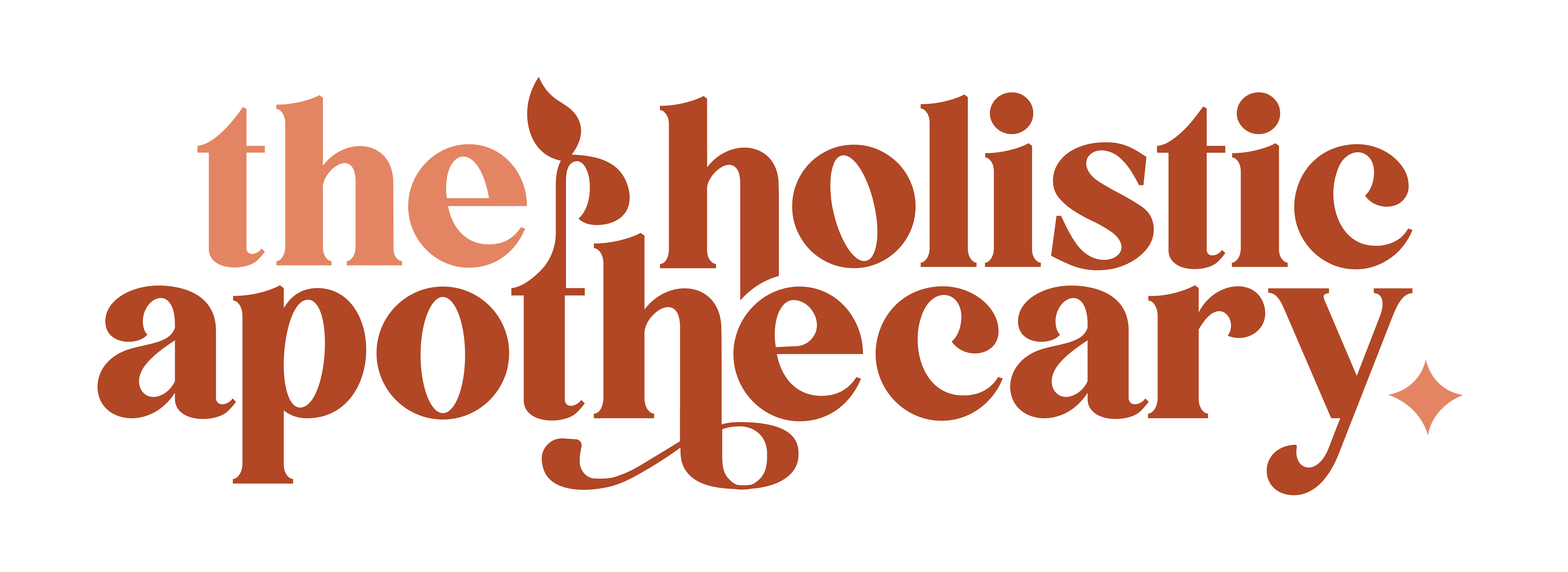Respiratory System
The human respiratory system is a series of organs responsible for taking in oxygen and expelling carbon dioxide. The primary organs of this system are the lungs, which carry out this exchange of gases as we breathe.
Carbon dioxide is collected by red blood cells and leaves the body as we exhale. Red blood cells collect the oxygen from the lungs and carry it to the parts of the body where it is needed.
Hypoxia: a decrease in oxygen
Anoxia: a complete lack of oxygen
- These conditions can be fatal; the human body needs oxygen to sustain itself. After about four minutes without oxygen, the brain cells begin dying, which can lead to brain damage and ultimately death.
Oxygen enters the nose or mouth as we breath and passes the sinuses, which are hollow spaces in the skull. Sinuses help regulate the temperature and humidity of the air we breathe.
Trachea: windpipe; filters the air that is inhaled. It branches into the bronchi
Bronchi: two tubes that carry air into each lung. (each one is called a bronchus)
Cilia: tiny hairs that line the bronchial tubes. these move back and forth, carrying mucus up and out.
Mucus: a sticky fluid, collects dust, germs and other matter that has invaded the lungs. We expel mucus when we sneeze, cough, spit or swallow.
The bronchial tubes lead to the lobes of the lungs.
-
- The right lung has three lobes; the left has two to allow room for the heart
- Lobes are filled with small, spongy sacs called alveoli
- Alveoli: where the exchange of oxygen and carbon dioxide occurs.
-
-
- Blood passes through pulmonary capillaries which are tiny blood vessels comprising the walls of the alveoli. The pulmonary artery carries blood containing carbon dioxide to the air sacs, where the gas moves from the blood to the air. Oxygenated blood goes to the heart through the pulmonary vein, and the heart pumps it throughout the body.
-
- Diaphragm: a dome-shaped muscle at the bottom of the lungs
-
- controls breathing
- separates the chest cavity from the abdominal cavity
- the diaphragm flattens out and pulls forward, making more space for the lungs, when a breath is taken.
Diseases of the Respiratory System
Viruses: influenza, bacterial pneumonia, enterovirus respiratory virus
Chronic:
- Chronic obstructive pulmonary disease (COPD): three related conditions – chronic bronchitis, chronic asthma, and emphysema; makes it increasingly difficult for sufferers to breathe.
- Asthma: chronic inflammation of the lung airways that causes coughing, wheezing, chest tightness or shortness of breath.
- Triggers: air pollution, tobacco smoke, factory fumes, cleaning solvents, infections, pollens, foods, cold air, exercise, chemicals and medications.
- Lung Cancer: Lung cancer is often associated with smoking, but the disease can affect non-smokers as well.
Symptoms and their Emotions
- Asthma: Smother love. Inability to breathe for one’s self. Feeling stifled. Suppressed crying.
- Bad Breath: Anger and revenge thoughts. Experiences backing up.
- Breath: Represents the ability to take in life.
- Breathing problems: Fear. Not trusting the process of life. Getting stuck in childhood. Fear of taking in life fullt.
- Bronchitis: Inflamed family environment. Arguments and yelling.
- Colds: Too much going on at once. Mental confusion, disorder. Small hurts.
- Coughs: A desire to bark at the world. “Listen to me!”
- Emphysema: Fear of taking in life. Not worth of living.
- Hyperventilation: Fear. Resisting change. Not trusting the process.
- Lung: The ability to take in life. Depression. Grief. Not feeling worth of living life fully.
- Pneumonia: Desperate. Tired of life. Emotional wounds that are not allowed to heal.
- Sinus problems: Irritation to one person, someone close.
Holistic ways to Heal:

